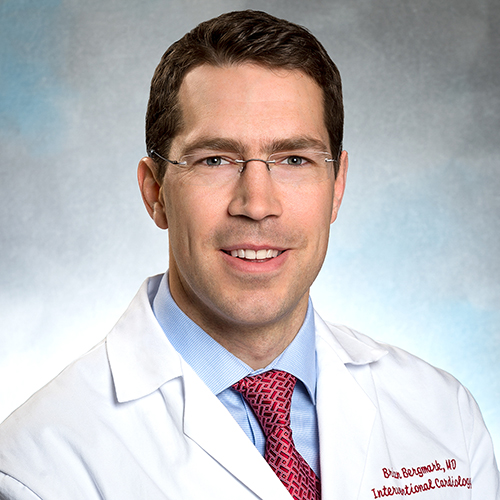About the Cardiovascular Sciences Research Consortium
Who we are
The Cardiovascular Sciences Research Consortium (CSRC) is a scientific consortium whose participants include global regulatory agencies (like the FDA and EMA and PDMA), industry professionals, patient advocates, and clinical thought leaders. The CSRC’s publicly shared Regulatory Science Innovation Forums and research programs advance cardiovascular regulatory and scientific issues, provide pathways for transformative digital solutions, and accelerate novel cures and therapies for patients.
Our partnership with the FDA enables the CSRC to unite interested constituents to identify and provide frameworks that address regulatory science gaps and de-risk the lifecycle of drugs, biologics, and medical devices from development to implementation.
Academic Advisory Board

Brian Bergmark
TIMI, Brigham and Women's Hospital

Sanjeev Bhavnani
Scripps Clinic

Marc Bonaca
CPC Med

Christopher Roy deFilippi
Harvard University

Sanket Dhruva
UCSF

C. Michael Gibson
Harvard, BAIM

Eri Kato
Kyoto University

Carolyn Lam
National Heart Center, Singapore

Patrick Lawler
UHN, Canada

Michael Lincoff
Cleveland Clinic

Renato Lopes
Duke University

Kenneth Mahaffey
Stanford University

Nicholas Marston
TIMI, Brigham and Women's Hospital

Roxana Mehran
Mount Sinai

Mark Petrie
University of Glasgow

Krishna Pundi
Stanford University

Kazuhiro Sase
Juntendo University

Norman Stockbridge
Retired, FDA
Executive Leadership

Jonathan Seltzer
Executive Director

Lakshmi Sundar
Head, Stakeholder Engagement
Why CSRC?
Problem: No singular platform empowers stakeholders with direct visibility into regulatory science challenges and provides guidance
Impact: Delays in getting the right medicines to the right patients at the right time.

Drug and device companies have ideas for incorporating new designs, questions, and technologies, into drug development.

Regulatory agencies have minimal exposure to these ideas and face redundant questions from multiple companies.

Academic thought leaders have deep experience and insights that can accelerate these ideas to reality.
Clear need for a collaboration platform to ease bottlenecks and challenges.
Working with The CSRC
Often, there is ambiguity introduced in the development of new therapies due to the development of new scientific discoveries, the implementation of new technologies, or novel regulatory approaches. These “pain points” are often felt among stakeholders.
The CSRC is dedicated to resolving these pain points, through a relatively simple process:
- Contact the CSRC and alert us to the issue. The issue must be primarily a scientific one, not a commercial one.
- The CSRC will discuss with the FDA and other stakeholders.
- If approved, the CSRC will most likely authorize a publicly available think tank that guarantees participation from experts in the FDA, private sector, academia, and potentially other regulatory agencies. The CSRC may choose to authorize a research project, with similar participants.
- The conclusions of the think tank or research project will be shared publicly with the publication of a peer-reviewed manuscript.
